The Begley Ephemera Collection
Ephemera collections are endlessly fascinating. Amongst those held by LMA is a collection of 44 scrapbooks compiled by architect William Walter Begley. The contents are primarily arranged topographically by London area and focus on specific buildings and architecture, including museums, clubs, churches, rivers, vessels, notable buildings such as Westminster Abbey, architectural details, death and burial, parks etc. Jason Burch was aware of the collection but wanted to know more, and he talks about his investigations here.
Investigating the Begley Collection:
Ephemera collections have always fascinated me, and it is always a pleasure to browse through various newspaper cuttings, prints and curiosities. Having worked for many years at the London Metropolitan Archives (LMA) I was aware of a small collection of scrapbooks containing ephemera known as the Begley collection (SC/SS/07) but as this collection was little used my knowledge of its contents was limited. I decided to dig deeper and explore its hidden gems.
What can the online catalogue show?
My investigation began with the collection’s listing on LMA's Collections Catalogue. The catalogue lists 44 scrapbooks whose contents are primarily arranged topographically by areas of London such as Holborn and Paddington (pre-1965 Metropolitan Boroughs). Some of the scrapbooks focus on specific subjects within the boroughs (only one contains miscellaneous subjects) with a strong emphasis on buildings and architecture including museums, clubs, churches, rivers, vessels, notable buildings such as Westminster Abbey, architectural details, death and burial, parks and so on.
The catalogue provides the names of the buildings, topic or place covered by the scrapbooks but does not provide in-depth details for each image, newspaper cutting and so on. To explore each item in detail will require a manual search of the scrapbooks.
A list of the scrapbook titles and details of images can be obtained by adding to the catalogue’s search box the search term ‘Begley collection’. You will then have the option to ‘Filter’ the results to show only specific documents. Archival cataloguing is undertaken at different levels starting with the whole collection then going to sets of documents within the collection and finally to the individual documents themselves. To show only a list of the scrap books you will need to use the ‘Filter By’ drop down menus which can be found on the righthand side of the results list. In the menu under the title ‘Level’ if you select ‘Subseries’ this will bring up a list of the scrapbooks. If you de-select ‘Subseries’ and then select ‘Document’ the list of scrapbooks will be exchanged for a list of subjects, places and buildings which are depicted within the scrapbooks.
William Begley’s life and interests shine through the collection:
My first glimpse of the scrapbooks were the large brown boxes holding them and once opened I was confronted with the books, tightly bound with cord and grey paper covers. The contents are loosely fixed to the binding and handling these books takes a good deal of care.
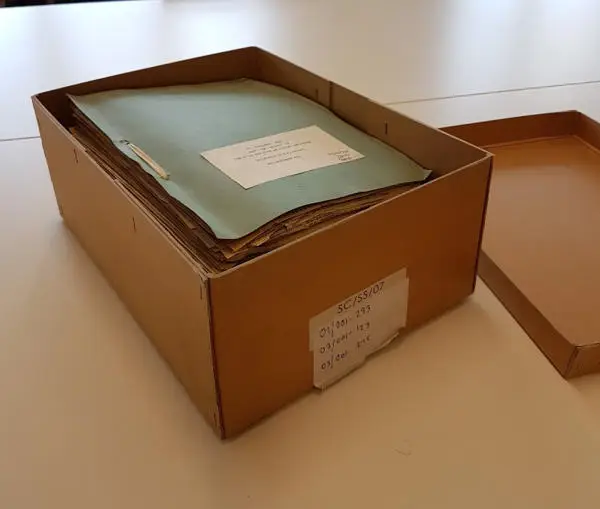
Standing out from the cover of each book are the words, ‘on permanent loan from the Library of The Royal Institute of British Architects (collection of W.W.Begley)’. Archival collections have a provenance and a history and various aspects of documents can reveal much about where a collection originally came from.
The scrapbooks, which were once part of London Metropolitan Archives’ library and before that the library at RIBA, were originally compiled by William Walter Begley (1893-1980) an architect (head of the Historic Buildings Department of the London County Council (LCC) from 1912-1954), historian, ecclesiologist, former LCC Councillor (for Vauxhall) and also for the London Borough of Lambeth. Begley’s connection to architecture and the LCC explains why the collection was first deposited at the Royal Institute of Architecture and then the library of the London Metropolitan Archives, part of which originated as the members’ library of the London County Council.
The contents which include articles from architectural journals, prints (early engravings), small printed maps, photographs, postcards and newspaper cuttings reveal the history of buildings and areas of London but also much about the compiler of the collection, reflecting William Begley’s life and interests. A number of the cuttings taken from architectural journals such as The Builder along with prints of notable buildings reflect Begley’s former work as an architect. His historical and ecclesiological interests are reflected in items such as images of churches many of which depict pre-war churches destroyed during WWII such as a circa late nineteenth century photograph depicting the east end and Choir of the Victorian gothic St. Alban’s Holborn by William Butterfield showing the altar and six candlesticks surmounted by an elaborate reredos beyond an ornate iron choir screen with double gates.
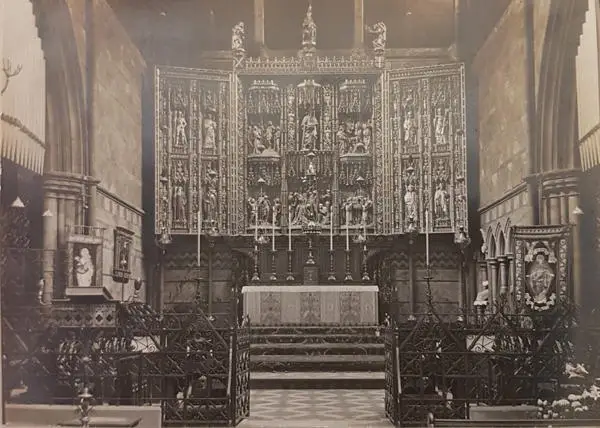
Further evidence of his interests are indicated by a letter sent to Begley in the 1930s outlining the concerns of the writer over the demolition of Christ Church, Endell Street. His work as a councillor and his activism in affecting changes to the historical and local landscape are evident in extracts from council minutes and newspaper cuttings.
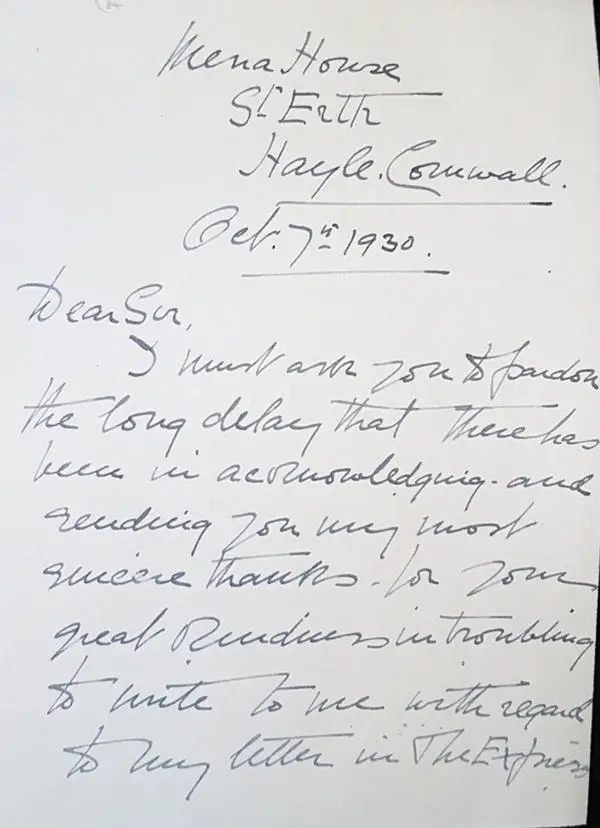
Curios within the collection:
The collection also contains quirky and unusual items such as a Christmas card from George Straus MP for Vauxhall (1950-1979) depicting the Speaker’s procession, a handwritten ticket granting admission to the public gallery of the House of Commons in 1839, Victorian photographs such as two showing the Georgian panelled front door and door frame at 6 Catherine’s Court, London and early newspaper cuttings.
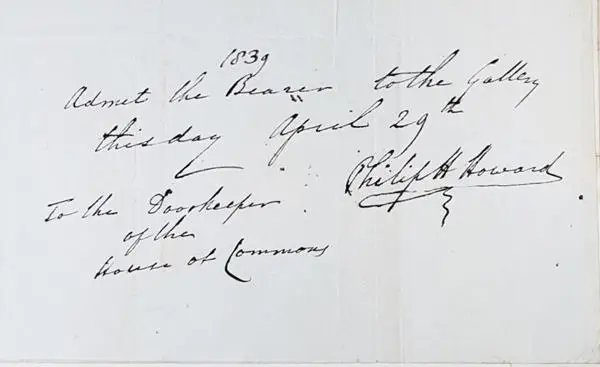
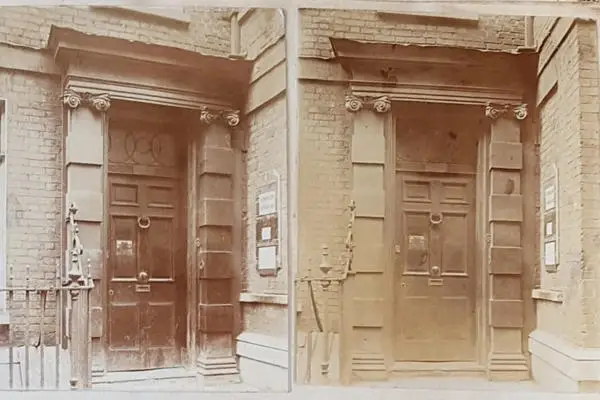
How can ephemera assist researchers?
Architectural ephemera has a variety of uses ranging from showing family historians the places their ancestors lived in to being used by architects, architectural and local historians to reveal what areas looked like prior to development or how a building has evolved.
Maybe you have a project you’d like to investigate? If you’d like to enquire further about LMA’s ephemera collections, the LMA Enquiry team will be pleased to provide further advice and answer your questions.